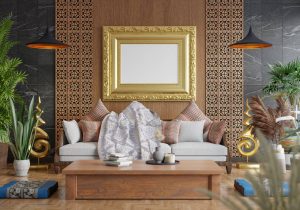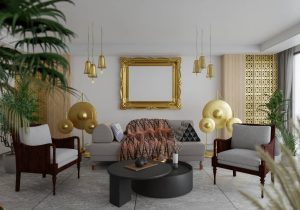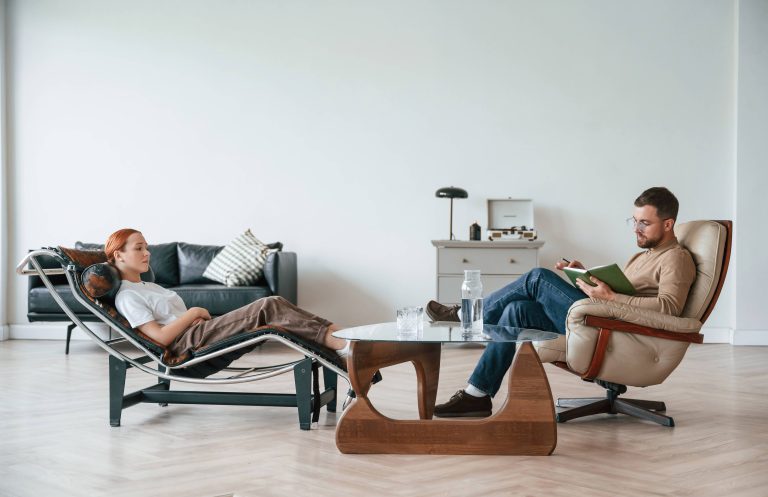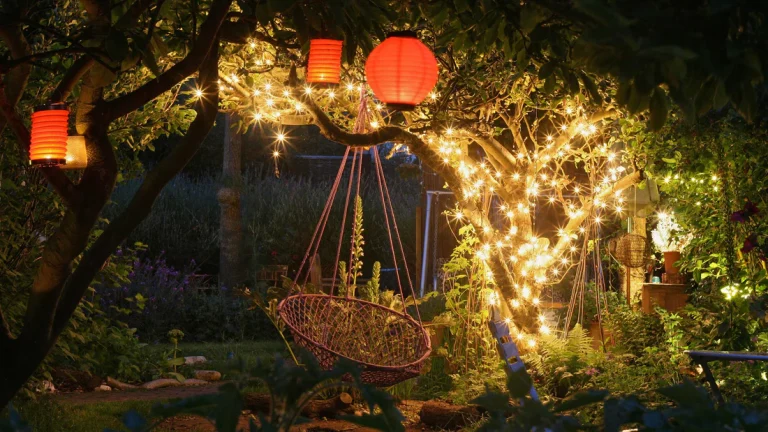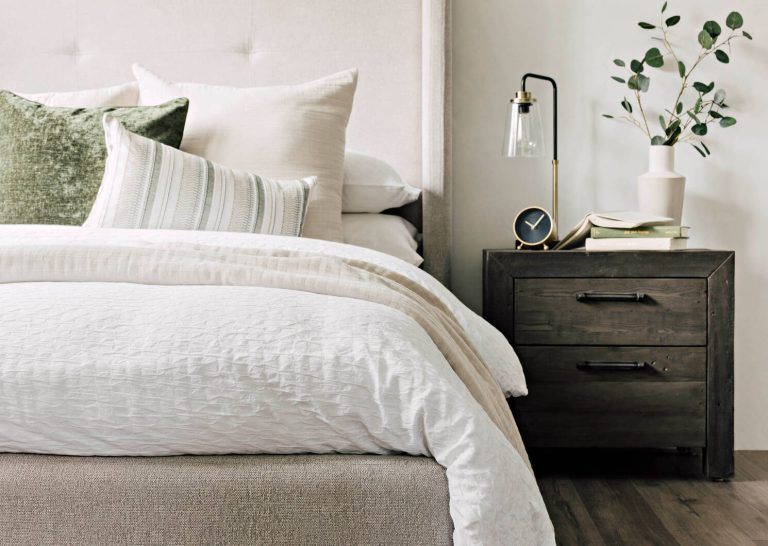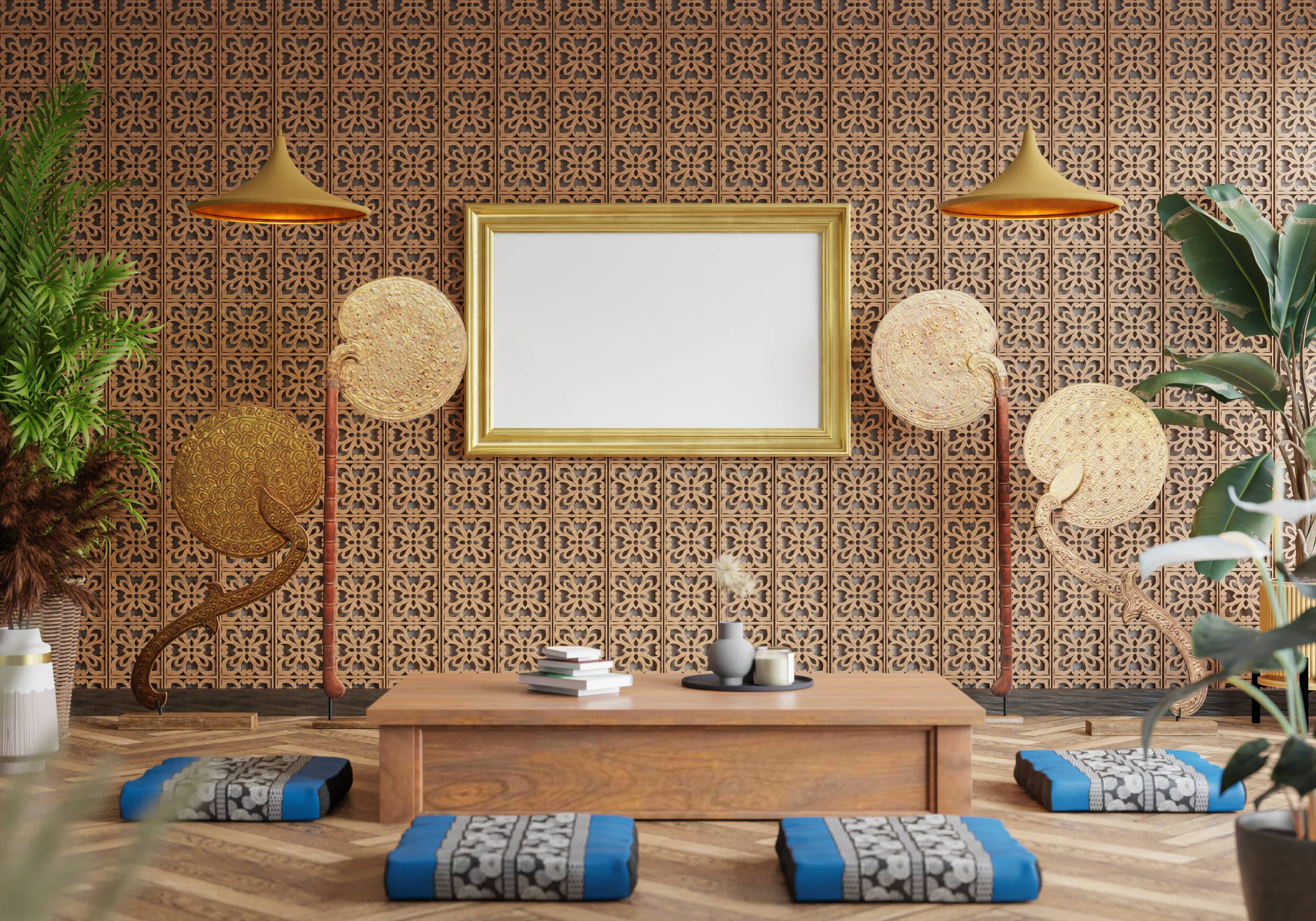
Lighting is a fundamental yet often overlooked aspect of interior design. It goes beyond mere functionality, shaping the atmosphere and aesthetics of a room. Whether you’re aiming to cultivate a cozy reading nook, highlight architectural features, or create a dynamic environment for entertaining, selecting the right lighting options can transform any space. In this post, we’ll explore the top lighting options for every room, providing you with ideas and inspiration to enhance your home.
1. Entryway: A Warm Welcome
Your entryway sets the tone for your entire home, making lighting crucial in creating a welcoming atmosphere. A statement chandelier or pendant light is ideal. These lighting fixtures not only illuminate the space but also serve as eye-catching focal points. Consider a fixture that complements your home’s architectural style, whether it’s a modern geometric design or a timeless crystal chandelier. Include a dimmer switch to adjust the light based on the time of day or the occasion.
Additionally, wall sconces can offer supplementary lighting, adding warmth and depth to the walls. If your entryway contains a mirror, place the sconces on either side to balance the light and create a pleasant ambiance as guests enter.
2. Living Room: Versatile and Inviting
The living room is a multifunctional space where lighting needs to be adaptable. Combining different light sources is key to achieving a well-lit and inviting atmosphere. Start with a central overhead light fixture that fits your room’s size and style. This could be a chic ceiling fan with an integrated light for a more transitional look, or a contemporary flush mount for minimalist spaces.
Layer in various secondary lighting options, such as floor lamps and table lamps, to provide cozy lighting for reading or relaxing. These can be strategically placed near seating areas to offer both task and ambient lighting. Accent lighting, like strip lights under shelves or picture lights above art, helps to highlight features and create a dynamic setting.
Consider using smart bulbs with adjustable brightness levels and color temperatures. This allows you to modify the lighting throughout the day, catering to activities such as movie nights, hosting, or quiet evenings at home.
3. Kitchen: Functional and Efficient
In the kitchen, functionality is paramount. Ensuring your workspace is well-lit can enhance both safety and efficiency. Overhead lighting, such as recessed or track lighting, provides ample illumination for general tasks. Pendant lights above kitchen islands or dining tables serve a dual purpose by offering focused task lighting while also contributing to the room’s aesthetic appeal.
Under-cabinet lighting is indispensable for providing direct light on countertops, making food preparation and cooking tasks easier. LED strips are an energy-efficient choice, offering bright, long-lasting illumination without unnecessary heat. For added ambiance, consider installing a smart lighting system that allows you to adjust the lights with a voice command or mobile app.
4. Dining Room: Setting the Mood
The dining room is where you set the tone for an intimate dinner or a lively gathering. A statement chandelier or pendant above the dining table is a classic choice that never fails to impress. Opt for a fixture that’s proportional to the size of your table but positioned to hang 30–36 inches above to avoid obstructing views.
Layered lighting is again important. Wall sconces or buffet lamps can provide additional ambient light, ensuring the room is well-lit without being overwhelming. If you have a dimmer switch, you can effortlessly transition from bright for family meals to softer, more intimate lighting during dinner parties.
5. Bedroom: Relaxation and Comfort
Creating a serene and restful environment in the bedroom is essential. Start with soft ambient lighting from a ceiling fixture, such as a contemporary ceiling-mounted light or a small chandelier for elegance. Ensure your lighting is conducive to relaxation by choosing bulbs with warm tones.
Bedside lighting is crucial for reading or ambient light. Bedside table lamps are popular, but wall-mounted sconces are an excellent space-saving alternative, especially in smaller rooms. Ensure they have an adjustable feature to direct light where you need it.
In closets, consider installing small recessed lights or motion-sensor LED lights for practicality and energy efficiency. A little extra illumination can make a significant difference when selecting outfits or organizing your wardrobe.
6. Bathroom: Bright and Clear
Good lighting in the bathroom is essential for tasks like grooming and makeup application. Start with overhead lighting—recessed lights or flush-mounted fixtures work well to provide general illumination. For the vanity area, opt for fixtures that flank or sit directly above the mirror. These should be bright yet flattering, minimizing shadows and evenly illuminating your face.
Consider dimmable fixtures that allow you to control the brightness for different needs—ultra-bright for morning routines and softer lighting for evening baths. Adding a touch of luxury with a small pendant light or chandelier can make the bathroom feel less utilitarian and more like a spa retreat.
7. Home Office: Productivity and Focus
Lighting in a home office should enhance productivity and reduce eye strain. Natural light is ideal, so position your desk near windows if possible. Supplement with overhead lighting to ensure the room is well lit.
A desk lamp is vital for providing task lighting. Look for an adjustable lamp with different brightness settings to adapt to various activities. LED lamps with color temperature control features can reduce eye strain and improve focus, which is especially beneficial during long work hours.
Conclusion
Every room in your home has distinct lighting needs that cater to specific functions and moods. By selecting the right combination of lighting options, you can enhance both the functionality and aesthetic appeal of each space. Remember, lighting is more than just a functional element of design; it’s a tool that can transform how you experience your home. So experiment with various styles and layers of light to bring out the best in every room.



